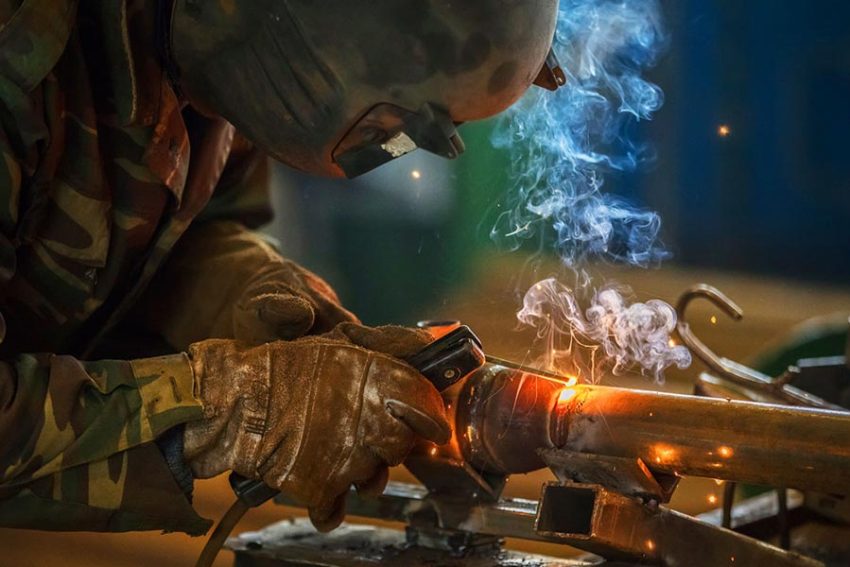
How does a tiny metal drop’s journey in GMAW impact your welding quality, and what can you do to master this microscopic process?
Gas Metal Arc Welding (GMAW) is a cornerstone technique in modern metalworking. Understanding the intricacies of metal transfer during GMAW can elevate your welding skills from good to exceptional. Let’s dive into the fascinating world of liquid metal drops and how they form the foundation of a strong, reliable weld.
The Journey of a Metal Drop
Imagine a tiny explorer embarking on an incredible journey. This is the story of a metal drop in GMAW. It begins its life as a cool, solid wire on a reel, then travels through the contact tip into the electrode extension zone. As it moves, it undergoes a dramatic transformation.
From Solid to Liquid: The Heating Process
The wire doesn’t melt instantly. Instead, it goes through a gradual heating process:
- Joule heating occurs as current passes through the wire’s resistance.
- The wire’s temperature rises steadily as it approaches the arc zone.
- By the time it reaches the arc, it’s already quite hot – typically a few hundred degrees Celsius for steel.
The Birth of a Drop
When our intrepid wire finally reaches the arc zone, things get really exciting. The intense heat from the arc causes rapid melting, and a liquid drop forms at the end of the electrode. But how big is this drop?
Typically, a drop with the same diameter as the electrode requires a length of wire about 2/3 of its diameter. For example, a 0.045-inch diameter electrode needs about 0.03 inches of wire to form a single drop.
Forces at Play – The Physics of Metal Transfer
Now that our drop has formed, how does it make its way to the weld pool? It’s all about balance and competing forces:
- Surface tension tries to keep the drop attached to the electrode.
- Gravity pulls the drop downward.
- Electromagnetic pinch force helps detach the drop.
In spray transfer GMAW, all three forces work together to propel the drop through the arc and into the weld pool. Once the drop touches the pool, surface tension takes over to complete the merger.
Factors Affecting Drop Size and Transfer
Current Magnitude
The amount of current flowing through the system plays a crucial role:
- Lower current = larger drops (gravity vs. surface tension)
- Higher current = smaller drops (stronger electromagnetic pinch force)
Wire Feed Speed
A consistent wire feed rate helps maintain uniform drop size and transfer frequency.
Shielding Gas
The type and flow rate of shielding gas affects the surface chemistry of the drop, influencing surface tension and transfer stability.
Tips for Optimizing Metal Transfer
To achieve the best results in your GMAW projects, consider these key points:
- Maintain consistent arc length and manipulation techniques.
- Use recommended power source settings – resist the urge to tinker unnecessarily.
- Keep your electrode wire clean and protected from contamination.
- Pay attention to gas flow rates and use the appropriate shielding gas for your material.
- Practice maintaining a stable arc and consistent technique.
Remember, stability is the name of the game. Consistent drop size and transfer frequency lead to higher-quality welds.
Conclusion
Understanding the science behind metal transfer in GMAW isn’t just academic – it has real-world implications for your welding projects. By grasping these concepts, you can:
- Troubleshoot issues more effectively
- Optimize your welding parameters for different materials and situations
- Produce stronger, more reliable welds
- Improve your overall efficiency and reduce waste
So the next time you strike an arc, take a moment to appreciate the intricate dance of forces and transformations happening at the microscopic level. It’s this hidden world of physics and chemistry that makes the art of welding possible.
